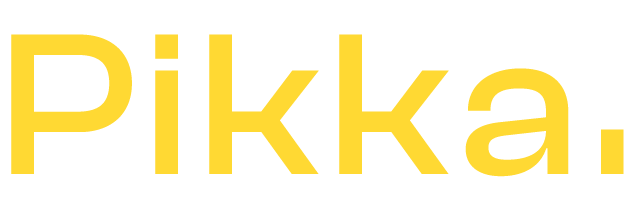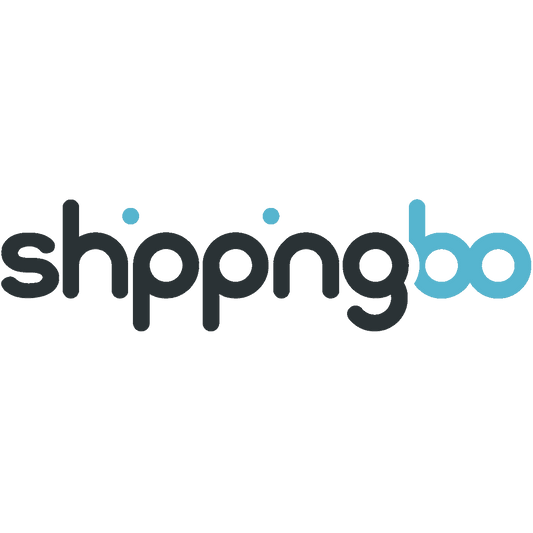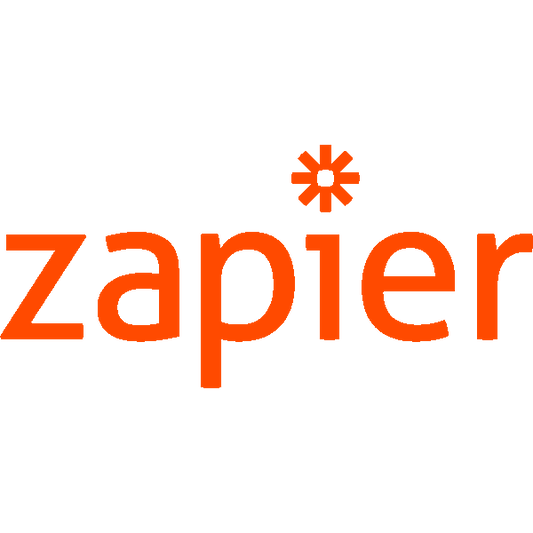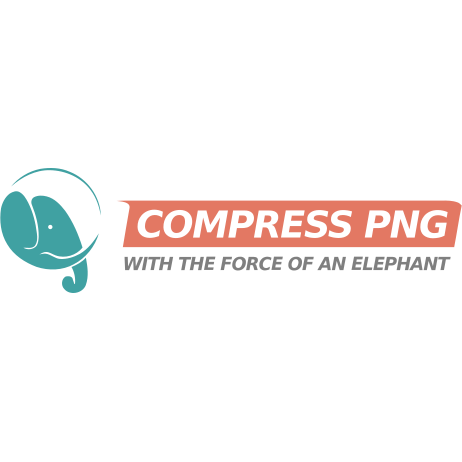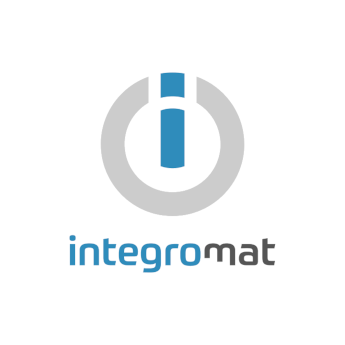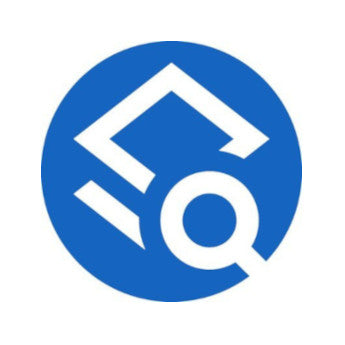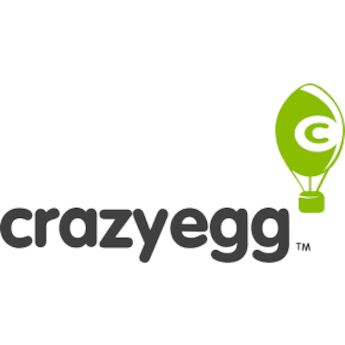Talend is an E-commerce tool that allows you to manage all flows between different systems. It is a category of tool called ETL for Extract, Transform, Load . It is a back office side tool, that is to say it will never be visible to the end customer. But equipping yourself with a tool like Talend can enormously boost the productivity and quality of your product information.
What is Talend?
Talend is therefore an ETL, its main objective is to allow you to manipulate your information from one system to another in an easier and more visual way. Without being a NoCode tool, Talend makes it possible to link computer systems together to transfer data relatively easily.

The first step is therefore to install Talend, generally with a Talend expert or a Talend consultant, and then to connect your various systems via Talend.
Attention, relatively easily in this context is understood “compared to if we had to code each time a connector”. Talend allows you to partly save these developments and makes interconnection between applications easier.
For example, to connect a Shopify Plus site with an ERP like Sage, or with a PIM, it is much easier to go through Talend if an instance is already initialized with you.
All things considered, Talend is a bit like IFTTT but in a slightly more “server” version. Installing a Talend server is not a snap, so it is a solution for exchanging large volumes of data regularly and across many heterogeneous systems.
The benefits of Talend
If you are not using Talend, or another ETL, you will need to create a connector each time between Shopify and the remote system. For example, this is what we often do at Pikka by creating connectors between Shopify and the main logisticians.
By connecting Shopify via Talend, orders and products can for example be exported to the logistician but also to accounting or to another system (archiving, reporting, data mining, etc.)
The benefits of Talend are therefore proportional to the size of your data and your company. The more different tools and services you use and the more data you have, the more useful Talend will be to you.
It is obviously possible to start early enough to take advantage of it, but skills on Talend are rare and expensive.
Talend, how much does it cost?
Speaking of budget, how much does Talend cost? Well it can be free if you take the open source version and train yourself. But it will be long.
A Talend project generally represents a good investment, it can start at several thousand or even tens of thousands of euros to go up to hundreds of thousands of euros for the largest projects.
In the context of Shopify, it will be necessary to take into account that the volume of data to be transferred via Talend will be limited by the API limits of the Shopify plan that you have chosen and of course by the maximum number of products in Shopify .
In summary, Talend is often an indispensable tool for large accounts and we work with it regularly, but it is not recommended for all projects.
